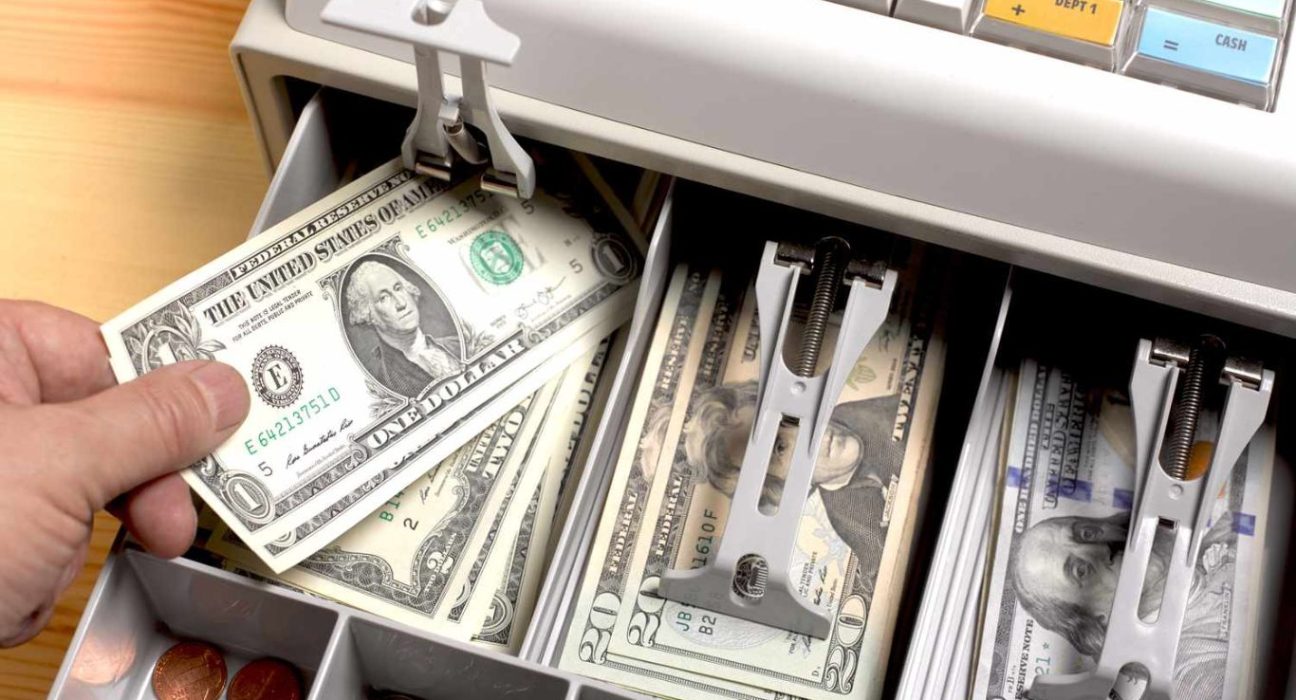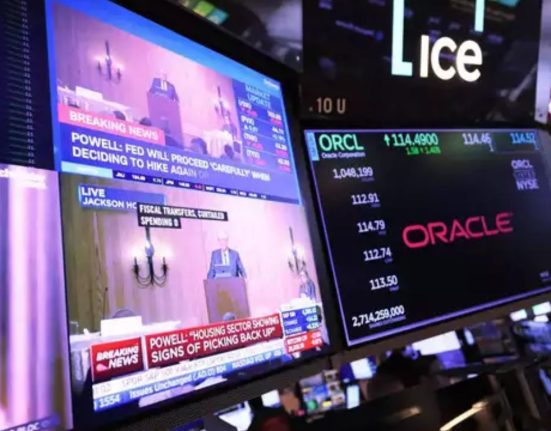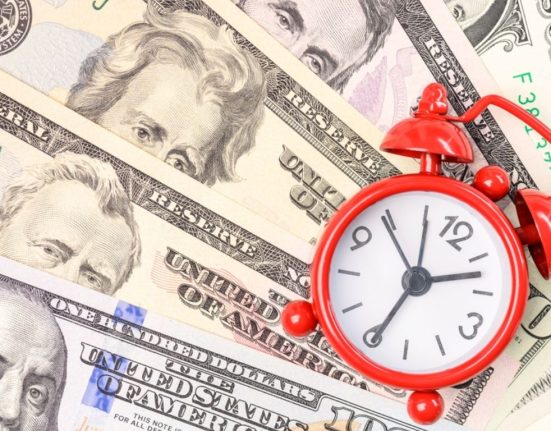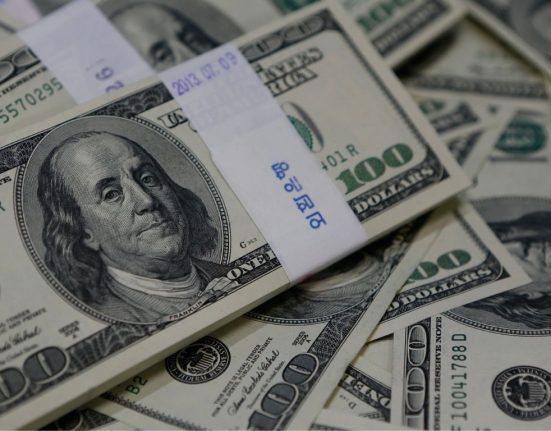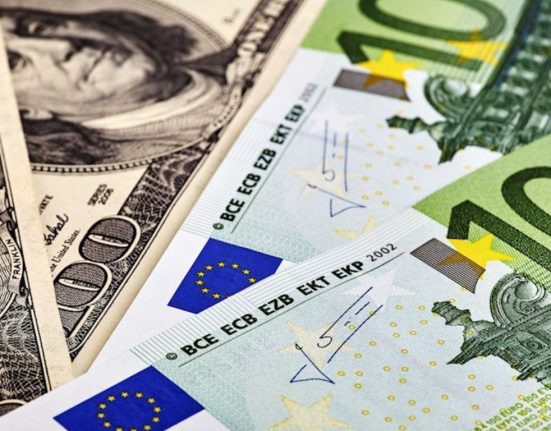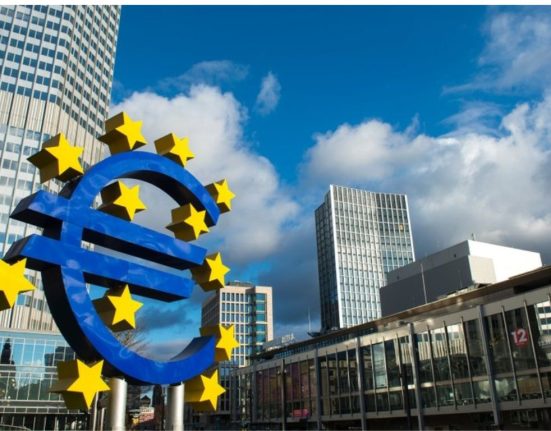Introduction
In the realm of global finance, the U.S. dollar is a linchpin, its value and stability impacting economies worldwide. In recent days, the dollar has been on a rollercoaster ride, experiencing significant losses. This article delves into the factors contributing to the dollar’s fluctuations and the implications for the Federal Reserve.
The U.S. Dollar’s Recent Turbulence
Over the past week, the U.S. dollar has seen a considerable decline in value. However, in early European trade on Thursday, it showed signs of stabilizing. The key question on everyone’s mind: what has been driving these abrupt shifts in the dollar’s value?
Understanding the Economic Landscape
To comprehend the dollar’s movements, we must first examine the broader economic landscape. One significant factor contributing to the dollar’s fluctuations is the cooling U.S. economy.
A Cooling U.S. Economy
The United States, for years, has been an economic powerhouse. However, recent data suggests a slowdown in economic activity. This slowdown is multifaceted, including reduced consumer spending, waning business investments, and a tight labor market.
The Federal Reserve’s Conundrum
The Federal Reserve, as the central bank of the United States, plays a pivotal role in managing the nation’s economic stability. Historically, it has used interest rates as a lever to control inflation and stimulate economic growth. However, the current economic climate presents a conundrum for the Fed.
Limited Headroom for Interest Rate Hikes
With the U.S. economy cooling down, the Federal Reserve finds itself with limited headroom for raising interest rates. Higher interest rates typically attract foreign capital, bolstering the dollar’s value. However, if the Fed raises rates in the current environment, it risks stifling economic growth further.
The Impact on the U.S. Dollar
This confluence of factors directly affects the U.S. dollar. A cooling economy makes it challenging for the Federal Reserve to pursue aggressive interest rate hikes, which, in turn, limits the dollar’s potential for appreciating in value.
The Dollar’s Global Implications
The U.S. dollar’s stability and value reverberate far beyond American borders. It serves as the world’s primary reserve currency, and any fluctuations can have cascading effects on international trade and finance.
Global Trade Dynamics
A weaker dollar can boost U.S. exports as American goods become more competitively priced on the global market. Conversely, a stronger dollar can make U.S. exports more expensive, potentially leading to a trade deficit.
Emerging Markets Vulnerability
Emerging markets are particularly vulnerable to dollar fluctuations. Many of these nations have substantial dollar-denominated debt. When the dollar strengthens, servicing this debt becomes more onerous, potentially triggering financial crises in these economies.
Investor Sentiment and Risk
Investor sentiment is often closely tied to the strength of the dollar. A weaker dollar may signal concerns about the U.S. economy, prompting investors to seek safer assets, like gold or government bonds. A stronger dollar, conversely, can indicate confidence in the U.S. economy.
The Path Forward
As the U.S. dollar stabilizes amidst a cooling economy, all eyes are on the Federal Reserve and its policy decisions in the coming months.
Federal Reserve’s Dilemma
The Federal Reserve faces a delicate balancing act. It must carefully weigh the need to control inflation against the risk of stifling economic growth. The central bank’s decisions on interest rates will be closely monitored by financial markets and governments worldwide.
Global Coordination
The international community also plays a role in managing the implications of a stabilizing U.S. dollar. Cooperation among nations can help mitigate the negative impacts of a fluctuating dollar on emerging markets and global trade.
Conclusion
In conclusion, the recent turbulence in the U.S. dollar’s value is intrinsically linked to the cooling U.S. economy and the Federal Reserve’s limited room for interest rate hikes. As we move forward, it is imperative for policymakers, investors, and nations to adapt to this new economic reality. The stability of the U.S. dollar is not only a barometer of American economic health but a crucial factor in the global financial ecosystem. Vigilance and prudent decision-making will be key in navigating these uncertain waters and ensuring economic stability on a global scale.
